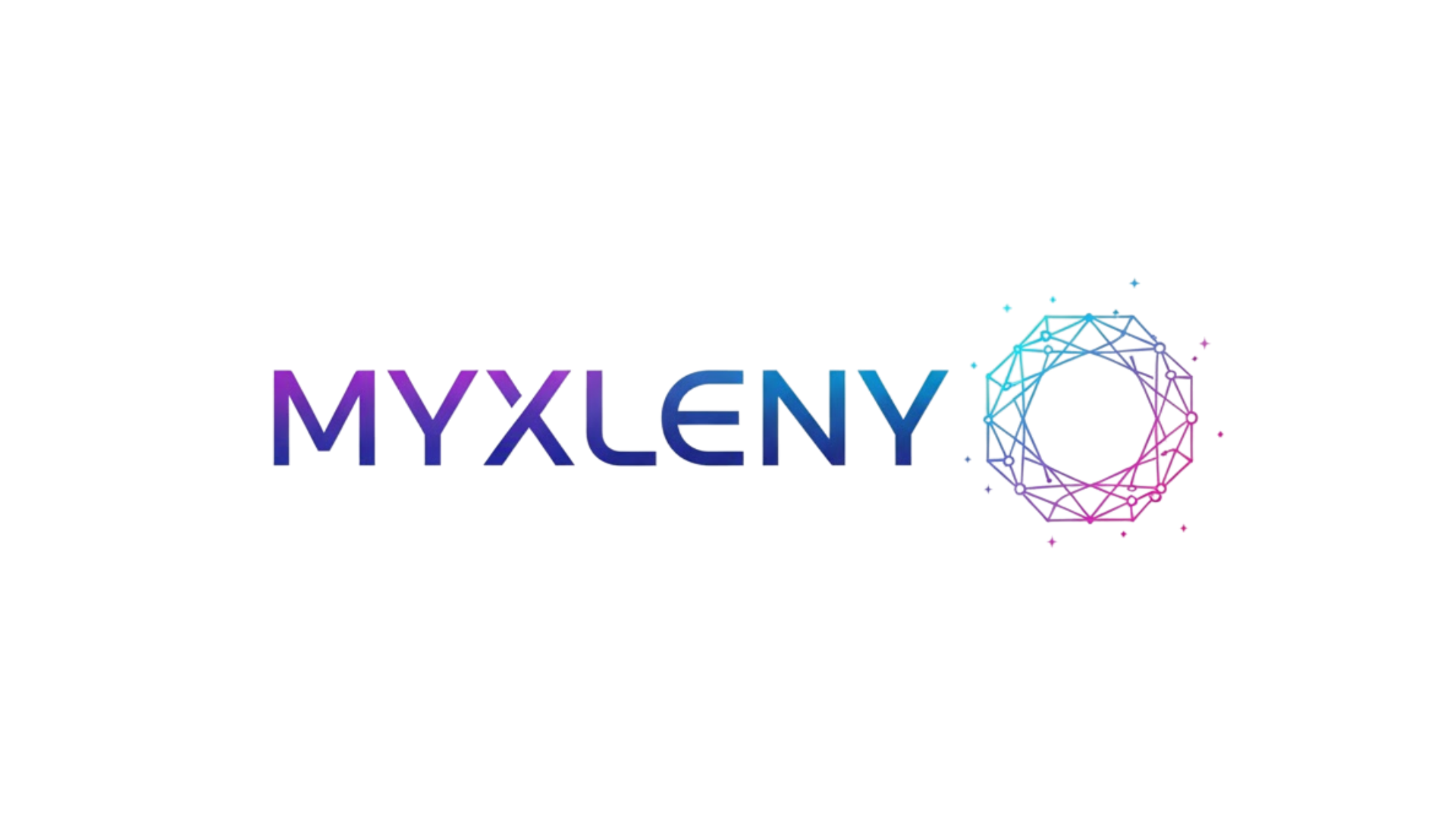In today’s volatile business landscape, adaptive leadership has emerged as the cornerstone of organizational resilience and sustained success in navigating unprecedented challenges.
The traditional command-and-control leadership models that dominated the 20th century are rapidly becoming obsolete. As technology accelerates, markets shift unpredictably, and global crises emerge without warning, leaders must cultivate a fundamentally different approach—one rooted in flexibility, continuous learning, and the ability to thrive amid ambiguity.
Adaptive leadership represents more than just another management buzzword. It’s a comprehensive framework for understanding how organizations can successfully navigate complex challenges that have no clear technical solutions. This leadership philosophy acknowledges that many of today’s most pressing problems require experimental approaches, stakeholder engagement, and the willingness to challenge long-held assumptions.
🔍 Understanding the Foundations of Adaptive Leadership
Adaptive leadership distinguishes itself by recognizing two fundamental types of challenges: technical problems and adaptive challenges. Technical problems have known solutions and can be addressed through existing expertise and established procedures. Adaptive challenges, however, require new learning, behavioral shifts, and changes in values or beliefs.
The framework was pioneered by Ronald Heifetz at Harvard Kennedy School, who observed that leaders often fail not because they lack technical competence, but because they apply technical solutions to adaptive challenges. This mismatch leads to superficial fixes that don’t address root causes.
Consider the transformation many organizations faced during the global pandemic. The technical challenge of enabling remote work could be solved with technology investments. But the adaptive challenge—maintaining culture, engagement, and productivity in a distributed environment—required fundamental shifts in how leaders communicated, trusted their teams, and measured success.
The Core Principles That Define Adaptive Work
Adaptive leadership operates on several foundational principles that differentiate it from conventional leadership approaches. First, it recognizes that the people facing the problem are often best positioned to solve it. Leaders must therefore mobilize collective intelligence rather than positioning themselves as the sole problem-solvers.
Second, adaptive leadership embraces productive disequilibrium. While traditional leadership seeks to minimize disruption and maintain stability, adaptive leaders understand that meaningful change requires periods of discomfort. The key is managing the level of tension—enough to motivate action, but not so much that people become overwhelmed or defensive.
Third, this approach acknowledges that leadership is an activity, not just a position. Anyone in an organization can exercise adaptive leadership by raising difficult questions, challenging unproductive norms, or helping groups face uncomfortable realities.
🎯 Critical Frameworks for Adaptive Leadership Success
Several interconnected frameworks provide practical structure for leaders developing adaptive capabilities. Understanding these models helps translate abstract principles into actionable strategies.
The Balcony and Dance Floor Perspective
One of the most powerful metaphors in adaptive leadership is the concept of “getting on the balcony.” Leaders must regularly step back from the immediate action to gain perspective on patterns, dynamics, and systemic issues that aren’t visible when you’re in the thick of things.
From the balcony, leaders can observe which conflicts are productive versus destructive, which voices are being marginalized, and where resistance indicates important values at stake. This bird’s-eye view enables more strategic interventions when you return to the “dance floor” of day-to-day operations.
Effective adaptive leaders develop the capacity to move fluidly between these perspectives—engaging directly when their presence adds value, and stepping back when their involvement might prevent others from doing necessary adaptive work.
Diagnosing the System: Technical Versus Adaptive
Before intervening, adaptive leaders must accurately diagnose whether they’re facing a technical problem, an adaptive challenge, or a combination of both. This diagnostic process involves several questions:
- Does a clear solution already exist, or must we discover new approaches?
- Can experts solve this problem, or does it require behavioral changes from stakeholders?
- Will implementing the solution threaten people’s values, loyalties, or sense of competence?
- Does addressing this challenge require people to learn new ways of thinking or working?
Most significant organizational challenges contain both technical and adaptive elements. A company struggling with digital transformation might need technical expertise in cloud infrastructure (technical), but also requires cultural shifts around risk-taking, collaboration across silos, and customer-centricity (adaptive).
💡 Essential Competencies for Adaptive Leaders
Developing adaptive leadership capacity requires cultivating specific competencies that enable leaders to guide organizations through complexity and change effectively.
Emotional Intelligence and Self-Regulation
Adaptive leadership places enormous demands on emotional intelligence. Leaders must regulate their own anxiety while holding space for others’ discomfort. They need to distinguish between their ego needs and what the situation genuinely requires.
Self-awareness becomes critical when adaptive work surfaces conflicts or challenges the leader’s own assumptions. The most effective adaptive leaders maintain what psychologists call a “non-anxious presence”—staying calm and grounded even when systems around them are in turmoil.
This doesn’t mean suppressing emotions or pretending challenges don’t exist. Rather, it involves acknowledging difficulty while maintaining confidence that the organization has the capacity to navigate it.
Systems Thinking and Pattern Recognition
Adaptive leaders must see beyond individual events to understand underlying structures and patterns. Systems thinking helps identify how different organizational elements interconnect and influence each other.
This competency enables leaders to anticipate unintended consequences of interventions and to identify high-leverage points where small changes can produce significant impacts. It also helps leaders understand resistance not as obstinance but as information about what people value and fear losing.
Orchestrating Conflict Productively
Unlike traditional leadership that seeks to eliminate conflict, adaptive leadership recognizes that productive conflict often accompanies meaningful progress. Different perspectives represent diverse values and priorities that must be surfaced and addressed.
The leader’s role isn’t to resolve all conflicts but to create containers where difficult conversations can happen productively. This involves setting boundaries around how people engage, ensuring diverse voices are heard, and helping groups distinguish between conflicts that lead to breakthrough versus those that simply drain energy.
🚀 Implementing Adaptive Leadership in Your Organization
Translating adaptive leadership principles into practice requires intentional strategies and sustained commitment. Organizations that successfully embed this approach typically focus on several key implementation areas.
Creating Holding Environments
Adaptive work generates heat—the discomfort, conflict, and tension that accompanies significant change. Leaders must create what Heifetz calls “holding environments”—structures that contain and regulate this productive tension.
Holding environments might include regular forums for surfacing difficult issues, clear ground rules for respectful disagreement, or explicit acknowledgment of the challenges people face. These structures provide enough safety that people can engage with difficult topics without becoming overwhelmed or checking out.
Effective holding environments balance support and challenge. Too much support without challenge leads to complacency; too much challenge without support leads to overwhelm and resistance.
Giving the Work Back to the People
One of the hardest disciplines for leaders is resisting the urge to solve problems for others. Adaptive leadership requires giving the work back—helping people take responsibility for the challenges they face.
This doesn’t mean abandoning people or providing no support. Instead, it involves asking powerful questions, pointing out contradictions, and helping groups see their own capacity to address challenges. Leaders might say, “This is a critical decision for our team’s future. What options do you see?” rather than simply announcing the path forward.
When leaders consistently solve problems for others, they prevent the learning and adaptation necessary for sustainable progress. By giving work back appropriately, they build organizational capacity.
Protecting Voices of Leadership from Below
Often, the people who see problems most clearly are those without formal authority. Adaptive leaders must protect and amplify these voices, even when they raise uncomfortable truths or challenge prevailing orthodoxies.
This might mean defending someone who asks difficult questions in meetings, creating channels for frontline employees to share observations with senior leadership, or explicitly soliciting dissenting perspectives before making major decisions.
Organizations with strong adaptive capacity develop cultures where speaking truth to power is not only tolerated but expected and rewarded.
⚡ Navigating Common Pitfalls and Challenges
Even experienced leaders encounter predictable challenges when practicing adaptive leadership. Recognizing these pitfalls helps leaders navigate them more effectively.
The Pressure to Provide Premature Solutions
Stakeholders often want leaders to quickly provide answers and eliminate uncertainty. This pressure can push leaders toward premature technical fixes for adaptive challenges.
Resisting this pressure requires communicating clearly about the nature of the challenge, why quick fixes won’t work, and what the adaptive journey will require. It also means managing your own anxiety about not having all the answers.
Losing the Balcony Perspective Under Stress
When pressure intensifies, leaders often get pulled entirely onto the dance floor, losing their capacity for perspective. Building practices that help you regularly regain balcony perspective becomes essential.
This might include scheduling regular reflection time, working with a coach or peer group, or establishing triggers that remind you to step back and observe patterns rather than just reacting to immediate demands.
Exceeding People’s Tolerance for Disequilibrium
While adaptive work requires discomfort, pushing too hard or too fast can overwhelm organizational capacity. People may become defensive, retreat to old patterns, or direct their frustration toward the leader rather than the challenge.
Effective adaptive leaders continuously monitor the temperature—the level of distress in the system—and adjust the pace accordingly. Sometimes progress requires turning up the heat; other times it requires lowering the temperature so people can regain equilibrium before continuing.
🌟 Building Long-Term Adaptive Capacity
The ultimate goal isn’t just exercising adaptive leadership in the moment but building organizations with enduring adaptive capacity—the collective ability to continuously learn, evolve, and navigate novel challenges.
Developing Leadership Throughout the Organization
Adaptive capacity requires distributing leadership broadly. This means creating opportunities for people at all levels to practice adaptive leadership, make meaningful decisions, and learn from experimentation.
Organizations build this capacity through developmental assignments, after-action reviews that focus on learning, and explicit teaching of adaptive leadership principles. The goal is creating a critical mass of people who understand how to distinguish technical from adaptive challenges and can mobilize others to address them.
Embedding Reflection and Learning Systems
Adaptive organizations institutionalize reflection, ensuring that learning from experience becomes part of normal operations rather than an occasional luxury.
This might include regular team retrospectives, systematic capture of lessons learned from projects, or structured processes for experimenting with new approaches and sharing results across the organization.

🎓 The Future of Leadership in an Uncertain World
As volatility, uncertainty, complexity, and ambiguity become permanent features of the business landscape, adaptive leadership transitions from competitive advantage to basic requirement. Organizations that develop strong adaptive capacity will thrive; those that cling to purely technical approaches will struggle.
The leaders who succeed in this environment won’t be those with all the answers but those who can mobilize collective intelligence, maintain composure amid uncertainty, and guide organizations through the discomfort of necessary adaptation.
Mastering adaptive leadership isn’t about perfection. It’s about developing the awareness, skills, and courage to help organizations face their toughest challenges and emerge stronger. In a rapidly changing world, this capacity may be the most valuable leadership contribution of all.
The frameworks and principles outlined here provide a starting point, but adaptive leadership ultimately develops through practice, reflection, and the willingness to learn from both successes and failures. As you begin applying these concepts in your context, remember that you’re not just solving today’s problems—you’re building the organizational muscles needed for whatever tomorrow brings. 💪
Toni Santos is a future-of-work researcher and social innovation writer exploring how technology, culture, and global mobility are redefining what it means to work and thrive in the 21st century. Through his studies on automation, digital nomadism, and workforce transformation, Toni examines the balance between progress, adaptability, and human purpose in a rapidly changing world. Passionate about remote collaboration systems and digital inclusion, Toni focuses on how emerging tools and global connectivity empower individuals to build meaningful, flexible, and resilient careers. His work highlights how automation and new work models can coexist with creativity, empathy, and social value. Blending sociology, economics, and digital strategy, Toni writes about the human side of innovation — helping readers understand not only where work is heading, but how to align with its transformation responsibly and purposefully. His work is a tribute to: The evolving relationship between automation and human employment The rise of global, location-independent lifestyles The power of resilience and adaptability in the modern workforce Whether you are a freelancer, remote leader, or curious observer of the new economy, Toni Santos invites you to explore the future of work — one idea, one connection, one transformation at a time.




